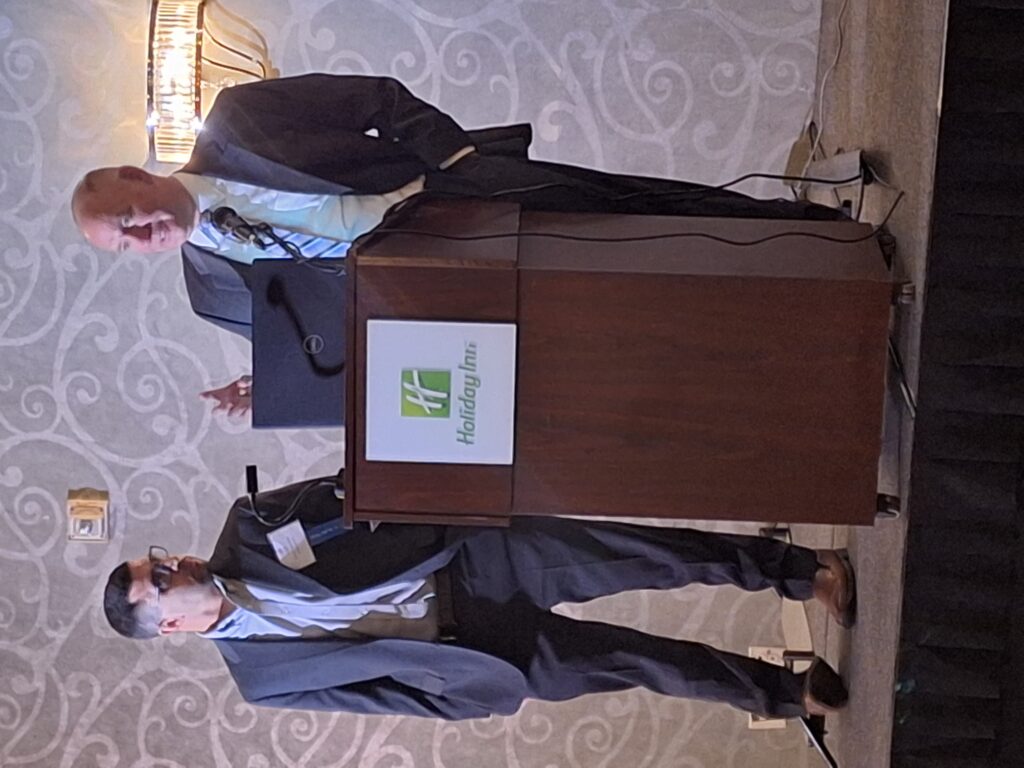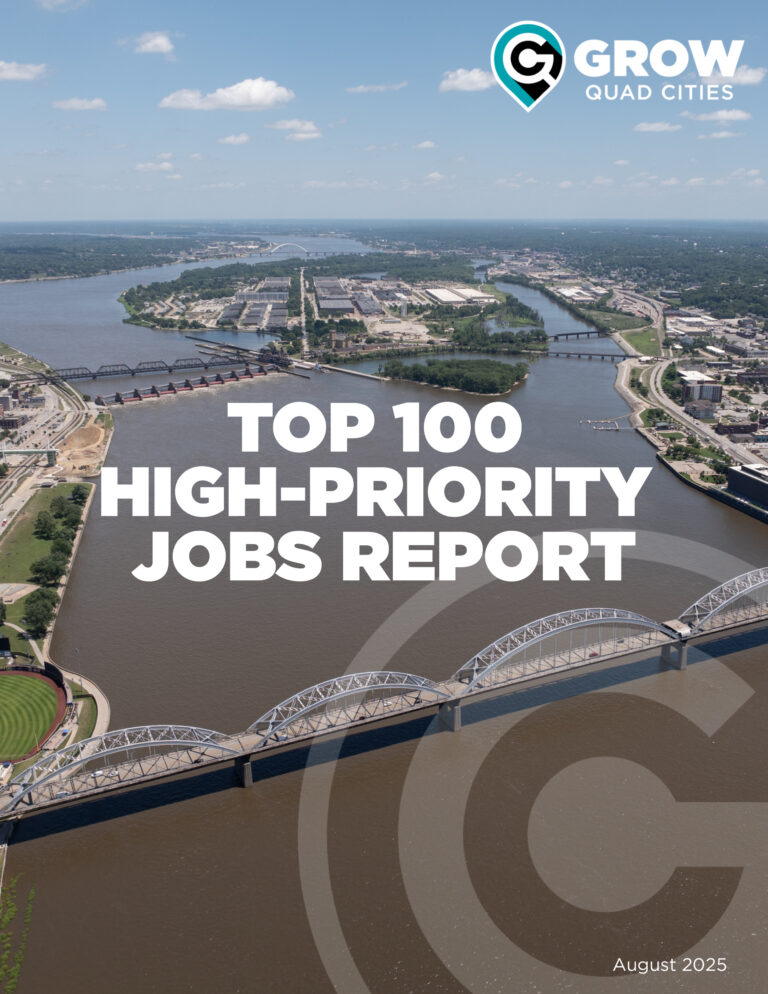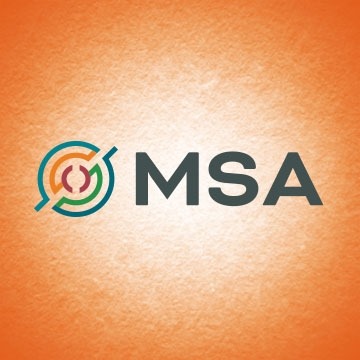Corn Belt Ports celebrate $2B investment, drives future growth

At right, Robert Sinkler, executive coordinating director of the Corn Belt Ports, and David Kubik of the Illinois Soybean Association take questions from stakeholders at the Upper Mississippi River Conference. The event was hosted once again by River Action. CREDIT KENDA BURROWS
The fledgling Corn Belt Ports located in the heart of the grain belt are celebrating groundbreakings on more than $2 billion in lock and dam investments and seeking to drive growth in the nation’s top corn- and soybean-producing states.
On Thursday, Oct. 19, Robert Sinkler, executive coordinating director of Corn Belt Ports – that includes Quad Cities Lock…

Want to Read More?
Get immediate, unlimited access to all subscriber content and much more.
Learn more in our subscriber FAQ.
Do you want to read and share this article without a paywall?







